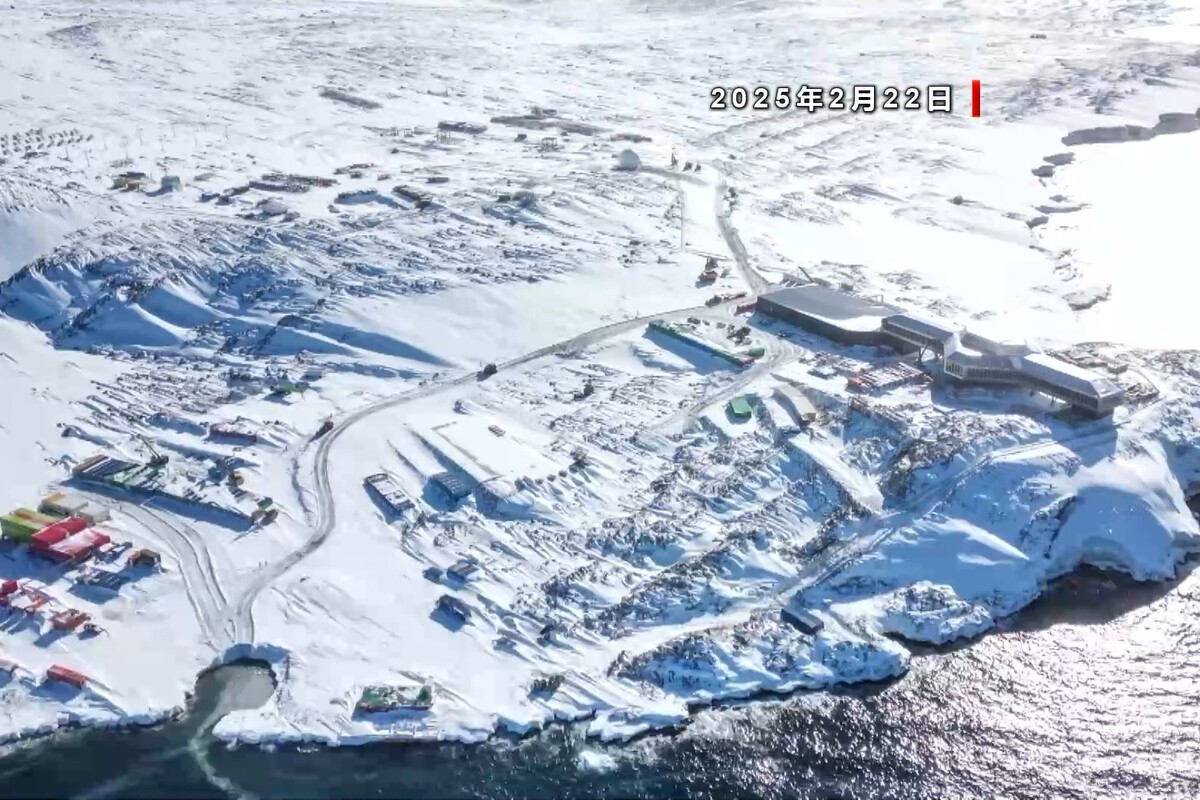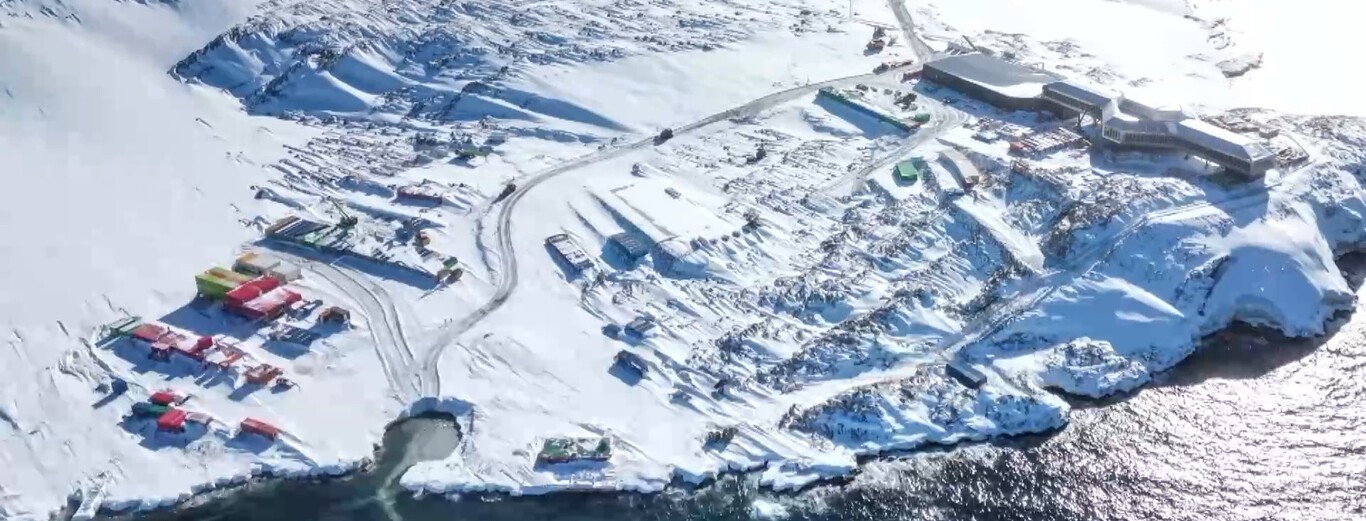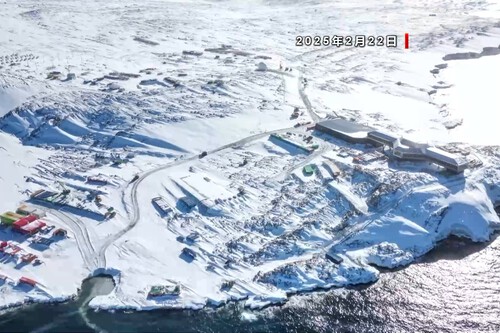China’s Unstoppable Antarctic Energy Takeover: The Coldest Renewable Revolution Ever
Hello everyone. Today we’re diving – chin-deep – into one of those “is this impressive or is it just the world’s most elaborate PR stunt?” stories, courtesy of China’s latest technopolitical victory lap. We’re talking about their Qinling Antarctic research station, now rocking an allegedly groundbreaking renewable power system amidst winds that could yeet you into the Southern Ocean and nights that last longer than some MMOs’ tutorial phases. Sounds like the plot of a survival sim with a very smug game director. Let’s dissect this with both the scalpel of a physician and the blunt hammer of an irritated gamer who’s seen too many patch notes ruined by marketing fluff.
The Set-Up: Diesel, Disaster, and Desperation
First, a tongue depressor check on the patient: historically, Antarctic bases run almost entirely on diesel generators. It’s the equivalent of healing your raid party with mana potions that cost a fortune, weigh a ton, and have to be delivered once a year by a heroic icebreaker crew. The environmental consequences? Think of it as spilling your entire bag of Cheetos into the world’s cleanest, most delicate PC build – except here, your crumbs don’t biodegrade in seconds, they sit there for decades. And sometimes they poison penguins. Charming.
Yes, diesel works, but so did dial-up internet – and like that relic, it’s costly, painfully inconvenient, and makes you a laughingstock if you brag about it in public. So China decided to go full “green commitments” mode, slap $14 million into the hands of one Sun Hongbin, and tell him to make renewables work in literally the most hostile place on Earth. No pressure, right? Just inhuman cold, hurricane-force winds, and half a year without sunlight. Easy mode.
Engineering in God Mode (If God Hated You)
Conventional renewables in Antarctica? That’s like bringing paper armor to a lava dungeon. Standard wind turbines freeze and snap, solar panels go on strike at the first whiff of darkness, and lithium batteries become about as useful as a wet keyboard. Oh, and add a permanent blizzard warning to the map. So instead of just throwing money at catalog products, Sun Hongbin’s team did the gamer thing: built a replica of the Antarctica level in their own backyard at Taiyuan University, cranked the weather sliders to “death wish”, and chuckled darkly as equipment failed again and again.
After four years of trial, error, and presumably some swearing in multiple dialects, they came up with a hybrid monster of a setup: vertical-axis wind turbines (picture an egg beater on steroids), solar panels on carbon fiber reinforced frames that don’t warp when temperatures freefall, lithium-titanate batteries that shrug off sub-zero conditions, all wrapped in a cozy thermal casing that ingeniously uses residual heat to keep everything in operating shape. Clinical diagnosis: clever engineering with a dash of overengineering, which, in this case, is a compliment.



The Hydrogen Hail Mary
But the real big brain move? Hydrogen. During the rare polar summer (aka the server uptime window), the system splits water into hydrogen and oxygen via an electrolyzer. That hydrogen gets hoarded in high-pressure tanks like an MMORPG guild stockpiling legendary loot. Come winter darkness, the fuel cell recombines it with oxygen to keep the lights – and heaters – running. Side effects include water and heat, both of which they recycle back into the system. It’s almost elegant… if you ignore the lurking suspicion that maintenance could still be the difference between glorious uptime and catastrophic blackout.
The station can last around 48 hours on hydrogen alone, which is decent for a base that now covers 60% of its needs with this renewable buffet. The rest? Still fossil fuel, folks – because no system is perfect and nobody wants to be mid-experiment when the lights go out in six months of darkness.
Performance, Politics, and Possibilities
This is touted as “the world’s first large-scale clean energy system capable of year-round polar operation.” Translation: it works, it’s impressive, and other nations are eyeing it like it’s the OP weapon that just dropped in someone else’s loot pool. It’s also a soft power flex – not just for science, but for international bragging rights. You don’t drop $14 million at the ends of the earth just for penguins to give you a thumbs-up; you do it to control the narrative, the technology, and the headlines.
From a tech perspective, it’s bold and smart. From a political lens, it’s a calculated PR raid boss kill. The only question is whether other nations will spawn camp this innovation or fork it into something independently workable without China’s “help”. History suggests they’ll try both, and we’ll end up with a dozen “world-first” claims within a decade.
Final Verdict
Technologically? Hats off – it’s an excellent piece of engineering with all the right components to solve an incredibly hard problem. Strategically? It’s as much about positioning as it is about actual polar survival. It’s like a game where you beat the final boss but make sure the cutscene shows all the other factions applauding you. I am equal parts impressed and cynically amused, which, frankly, is my natural resting state. The Antarctic just got its first taste of large-scale renewables – whether that’s the dawn of a new era or just Act One in a geopolitical endgame remains to be seen.
And that, ladies and gentlemen, is entirely my opinion.

Article Source: China ha conseguido lo que parecía imposible: alimentar de energía solar y eólica el lugar más oscuro y frío del mundo, xataka.com



